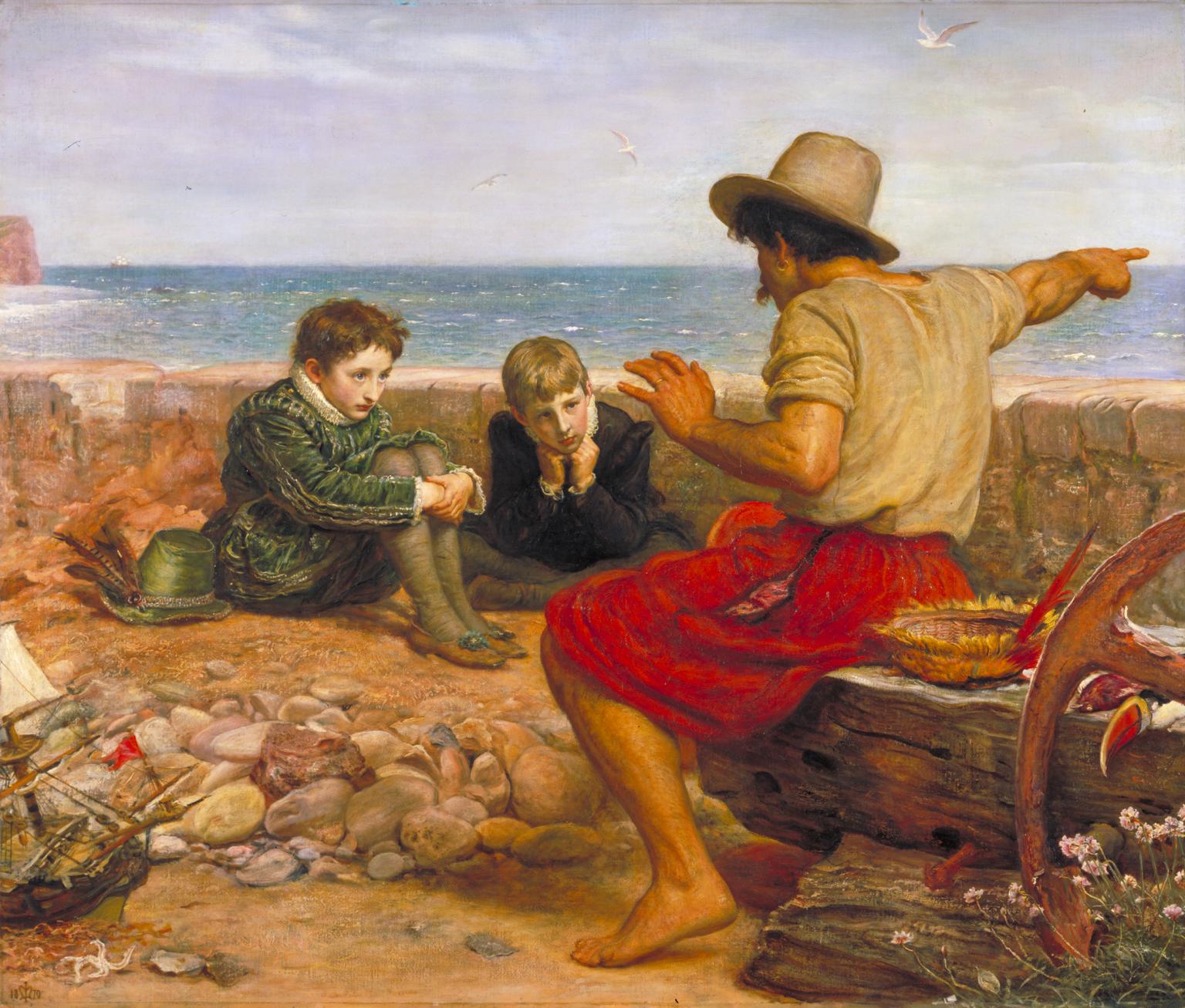Copywriting 101
- Course Introduction
- Understanding Your Audience
- Writing Effective Headlines and Taglines
- Crafting Persuasive Body Copy
- Writing for Different Mediums
- SEO and Content Marketing Writing
- Legal and Ethical Considerations
- The Revision Process
- Building a Portfolio
- Real-world Applications
- Integration and Application (Extra time for Project Completion)
Writing Effective Headlines and Taglines
The Power of Storytelling in Marketing

Social and cultural activity of sharing stories, often with improvisation, theatrics, or embellishment.
Storytelling is an ancient art form that has been used for centuries to pass down knowledge, traditions, and values. In the context of marketing, storytelling is a powerful tool that can be used to engage and persuade audiences.
Understanding the Power of Storytelling in Marketing
In marketing, storytelling is about more than just telling a tale. It's about creating a narrative that resonates with your audience and compels them to take action. Stories can evoke emotions, create connections, and inspire action in a way that facts and figures alone cannot.
A well-crafted story can help your brand stand out in a crowded market, build trust with your audience, and ultimately drive conversions. It can also help to humanize your brand, making it more relatable and memorable to your audience.
The Role of Storytelling in Engaging and Persuading Audiences
Storytelling can be used to engage and persuade audiences in several ways. Firstly, stories can capture the attention of your audience and keep them engaged with your content. This is particularly important in today's digital age, where attention spans are shorter than ever.
Secondly, stories can help to make complex information more digestible and relatable. By presenting information in the form of a story, you can help your audience to understand and remember your message more easily.
Finally, stories can be used to persuade your audience to take action. By creating a narrative that resonates with your audience's needs, desires, or values, you can motivate them to take the desired action, whether that's making a purchase, signing up for a newsletter, or sharing your content with their network.
The Elements of a Compelling Story: Characters, Conflict, Resolution
A compelling story typically consists of three main elements: characters, conflict, and resolution.
-
Characters: The characters in your story should be relatable to your audience. This could be a customer who has faced a similar problem, a member of your team, or even your brand itself.
-
Conflict: The conflict is the problem or challenge that the characters in your story face. This should be a problem that your audience can relate to, and that your product or service can help to solve.
-
Resolution: The resolution is how the conflict is resolved. This is where your product or service comes in, showing how it can solve the problem or overcome the challenge.
By incorporating these elements into your marketing stories, you can create compelling narratives that engage and persuade your audience.